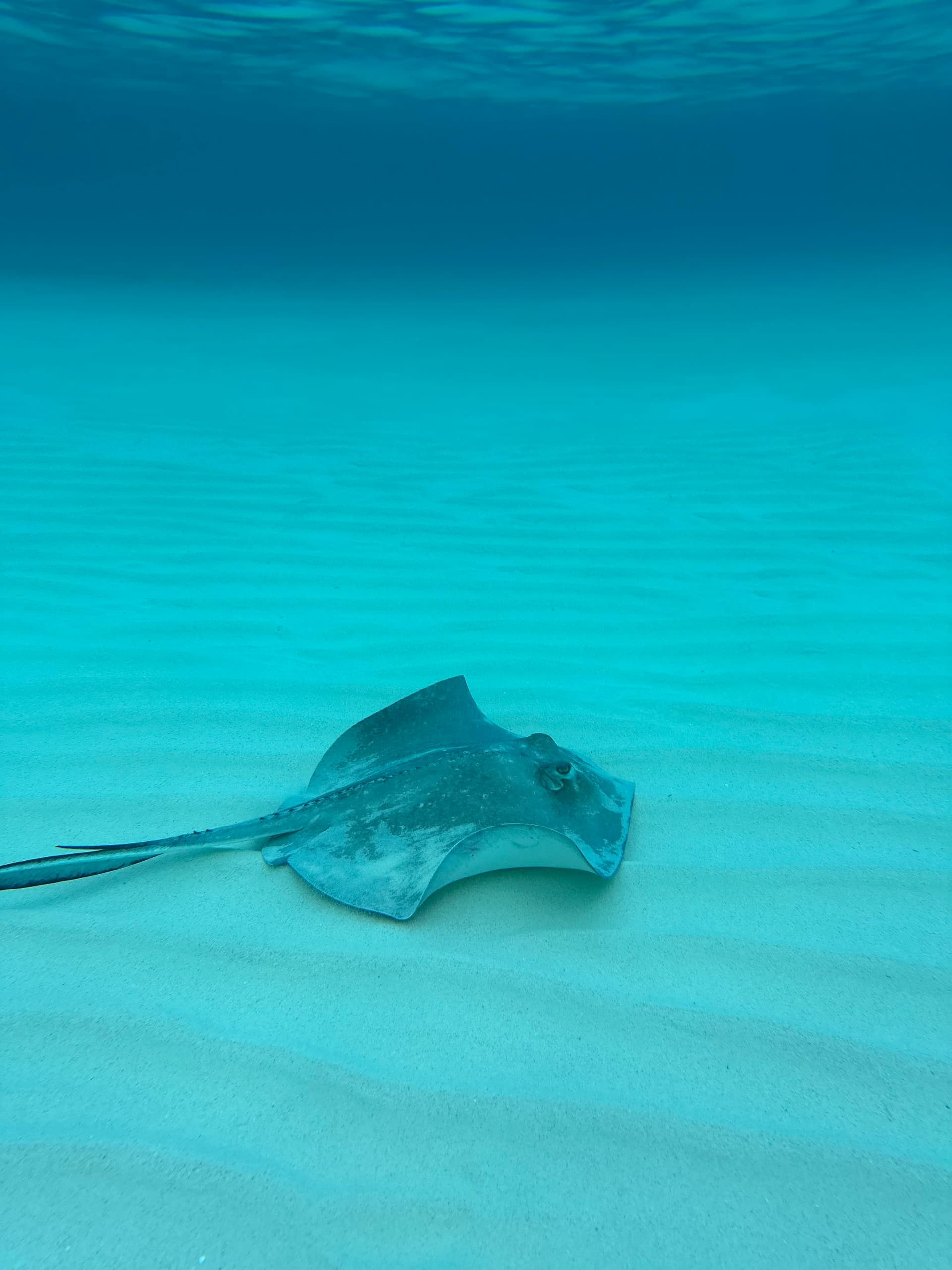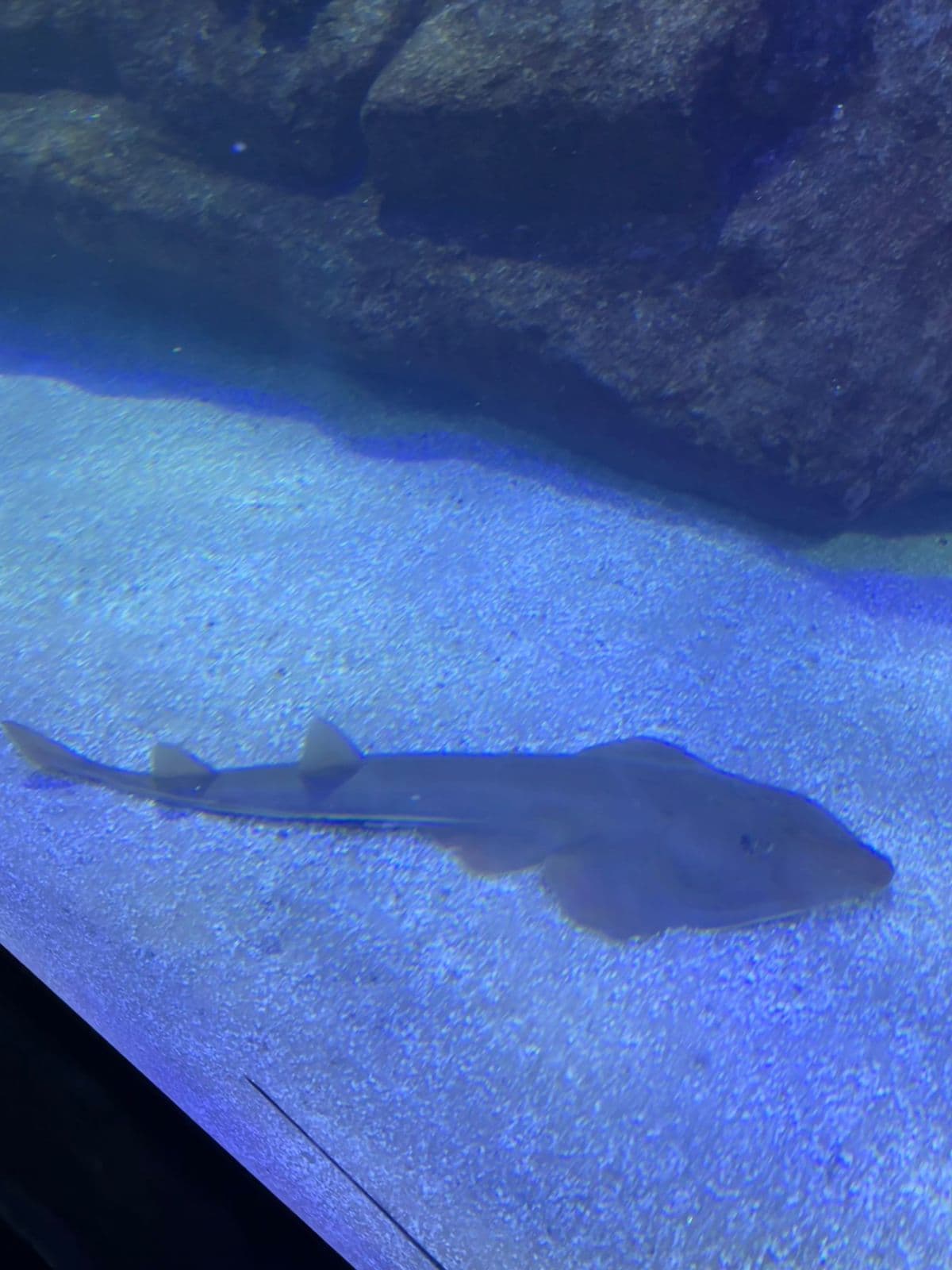
Costão Rochoso: Raias
Habitantes do Costão: Raias
Por apresentar uma diversidade de habitats, o costão rochoso abriga também diversas espécies de peixes. Eles usam as proximidades do costão suas atividades, incluindo refúgio, alimentação, reprodução ou apenas passagem. Muitas espécies apresentam uma grande importância econômica, principalmente para pesca artesanal. Costão rochoso é um ecossistema costeiro formado por rochas de diferentes tamanhos. Tais rochas fornecem uma variedade de habitats, e assim diversos animais encontram neles local adequado para sua sobrevivência. Fatores físicos como luminosidade, temperatura, oscilação das marés, ação das ondas e salinidade influenciam diretamente a distribuição vertical das espécies ao longo desse paredão rochoso. Sendo assim, as condições ambientais que atuam sobre o costão rochoso são diferentes de acordo com sua profundidade e, por isso, os animais que habitam cada profundidade são bastante distintos. No Brasil, são encontrados principalmente nas regiões Sudeste e Sul, e as principais ameaças que sofrem são a poluição, o pisoteio, a retirada seletiva de organismos e a coleta de peixes ornamentais.
Aqui tem pesquisaEspécies do tanque
Raia-viola

Encontradas no Atlântico Ocidental e Oriental, em uma profundidade de 110 metros. Vivem em fundos arenosos, podendo chegar a 1 metro de comprimento. Estima-se que a população dessa espécie reduziu de 50%-79% nos últimos 30 anos, por conta da degradação de seu habitat e da pesca acessória (não são alvos da pesca mas acabam indo na rede). São vendidas como carne de cação ou filé de viola.
Raia manteiga
.webp&w=1920&q=75)
Raia manteiga
A raia-amanteiga é geralmente encontrada em fundos arenosos, onde se desloca com facilidade em busca de alimento. Trata-se de um animal bentopelágico, que se alimenta principalmente de invertebrados bentônicos, como moluscos, crustáceos e vermes, associados tanto a substratos consolidados (como costões rochosos) quanto a fundos não consolidados. Pode atingir cerca de 65 cm de largura de disco, sendo observada em ambientes marinhos e estuarinos, incluindo águas salobras. Vive em profundidades que variam de 5 a 80 metros, sendo mais comum entre 5 e 40 metros. Além de seu importante papel ecológico no controle das populações de invertebrados do fundo, a raia-amanteiga utiliza o fundo arenoso como área de repouso e camuflagem, enterrando-se parcialmente no sedimento para se proteger de predadores e surpreender suas presas.




